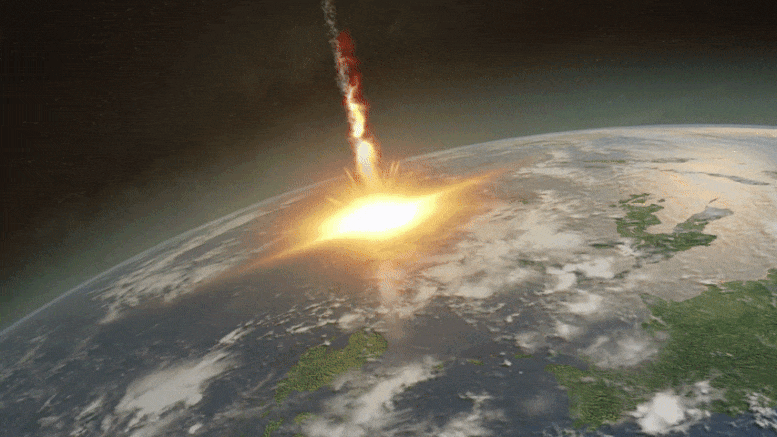According to astronomers, several asteroids with diameters more than 10 meters collide with the surface of the solar system’s largest planet every year, causing explosions visible from Earth. Previously, such collisions were registered in 1,994 2009, 2,010 2012, 2,016 2017 and 2019.
If confirmed, this will be the ninth recorded impact on Jupiter since the first in July 1,994 when Comet Shoemaker-Levy 9 shattered into several smaller pieces, sinking one after another into the giant’s gas shell, leaving dark marks on the clouds of Jupiter, some of them the size of our planet.
READ MORE: See The Best Jupiter Pictures from NASA’s Juno Mission.









